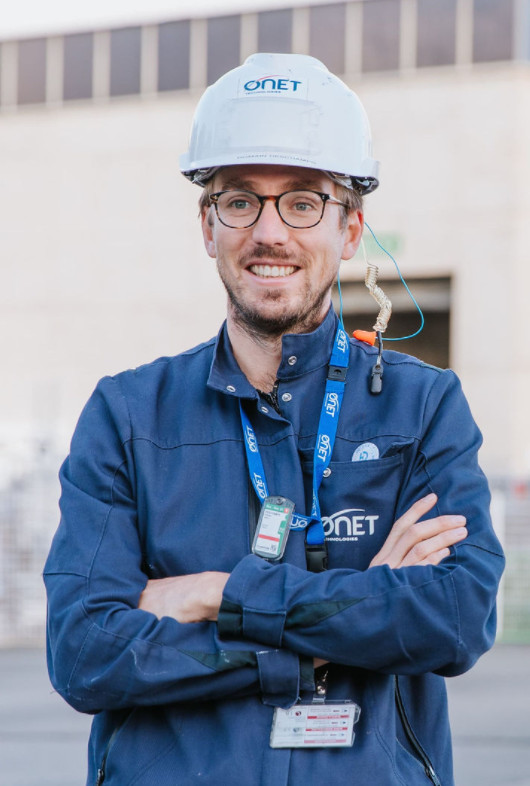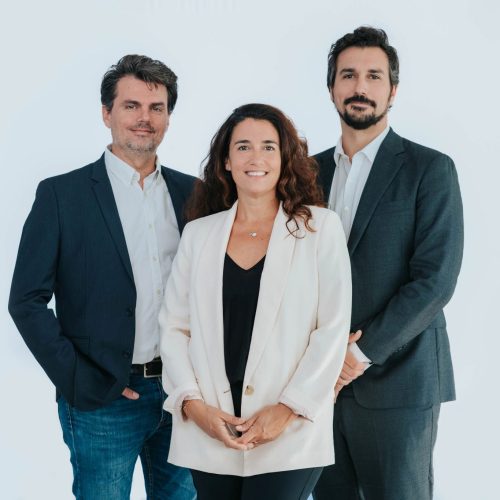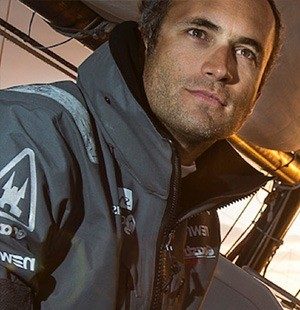SMR,
at the forefront of the new nuclear age
Smaller, less costly to manufacture, simpler to commission and capable of replacing fossil fuels for a variety of industrial and everyday uses...
Small Modular Reactors (SMR) will soon usher in a new era in nuclear power.
All the more so as the numerous projects they are the subject of are generating a wind of innovation that should benefit all operators, including those of existing parks.
Onet Technologies is no stranger to positive effervescence.
Explanations with Maxime Michel-Noël, Director of Development for this subsidiary dedicated to nuclear engineering and services.
- - Onet Technologies
Small is Beautiful
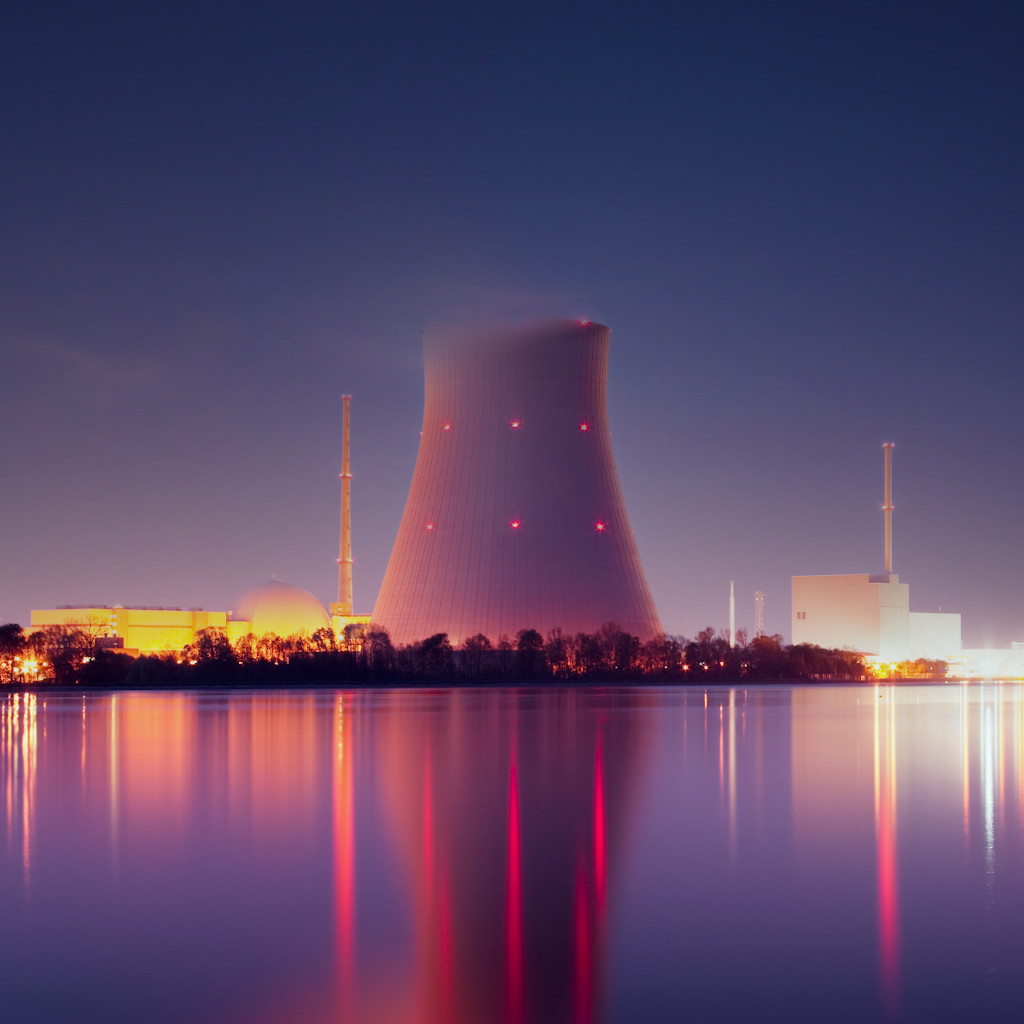
Does the famous formula make sense in an industrial world like nuclear power?
One thing's for sure: since they were first developed some twenty years ago, Small Modular Reactors (SM Rs) have become the talk of the town. Following in the footsteps of the pioneers - the United States, China and Russia - many countries are now interested in these new-style production units. France is no exception.
As part of the plan to revitalize France's nuclear program announced in February 2022, the French President has pledged to invest a billion euros in innovative small-scale reactors.
No fewer than ten projects are currently underway in France, one of the most advanced of which, Nuward, brings together the Commissariat à l'énergie atomique (CEA), EDF, Naval Group and TechnicAtome to build two reactors. The foundation stone could be laid around 2030...
What are the virtualities behind SMRs that justify such a flurry of initiatives?
To understand this, it's worth going back to the words that make up the acronym.
The reactors are small in terms of power - between 25 and 300 MW depending on the design, compared with 900 to 1,600 MW for current civil reactors. But they are also small in terms of their footprint, making them ideal candidates for generating energy in isolated or island locations.
Making a small remote town self-sufficient, powering a research facility not served by the electricity grid: these are just some of the services to which SMRs can contribute.
With the side benefit of limiting the impact of energy production on natural areas and biodiversity.
A small industrial revolution
As their name suggests, SMRs are also modular. In other words, the standardized design and reduced dimensions of their components enable them to be mass-produced in a factory, then transported and assembled on site. Nothing in common with conventional power plant construction sites, which consume a lot of capital, human resources and time.
Thanks to their compactness and highly integrated design, SMRs will bring about a minor industrial revolution. Not only can we expect lower construction and operating costs, but also, during the design phase, progress in the reliability of calculation, simulation and analysis operations.
Maxime Michel-Noël, Development Director, Onet Technologies


Another promise offered by SMRs is the possibility of combining them on the same site to take advantage of a network effect.
By switching on or off a greater or lesser part of a "fleet" of reactors, the operator will be able to vary the supply of electricity much more quickly and easily than with a conventional power plant. This is a definite advantage in a context where renewable energies (solar, wind) are set to play an increasing role in the generation mix, requiring the availability of back-up resources to compensate for their intermittency.
The final advantage of networked SMRs is in terms of maintenance.
As this process takes place in waves, there will always be reactors in operation to supply the grid with the expected electrical power.
Some observers even imagine units being transported to plants where equipment verification and replacement operations would be carried out, as well as refuelling.
Almost as easy as dropping your car off at the garage for MOT!
Still on the subject of prospective scenarios inspired by SMRs, we should mention the idea of being able to manage several reactors at once from a single control room.
This would be a great opportunity for regulators to remotely and continuously inspect the operation of a fraction of the world's nuclear power plants.
Decarbonizing heat production and transport
It's now a well-established fact: the massive electrification of energy uses will be a key lever for moving away from fossil fuels. With this in mind, SMRs are emerging as a complementary solution to existing nuclear power plants and renewable energies. However, their role in the ecological and energy transition should not be limited to electricity production...
Today, heating and transport are two of the human activities with the highest carbon impact.
However, future reactors will be capable of generating heat, in particular to meet the requirements of industrial companies whose needs are currently met mainly by gas.
Maxime Michel-Noël

Of course, this type of aim requires adjustments to the design of the units.
Aware of the potential outlets, a number of players have jumped on the bandwagon. One example is Polish chemical producer Ciech, which plans to use SMR to replace fossil fuels used to produce process heat in its plants.
In Finland, studies have been carried out to determine whether energy from future reactors could be used to supply district heating networks.
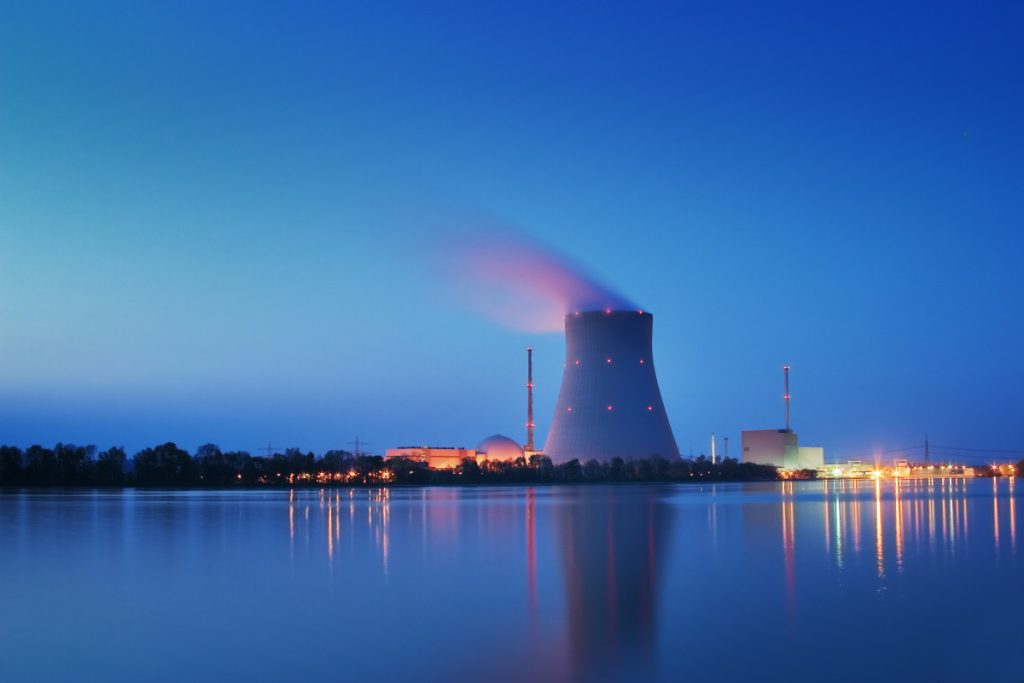
On the transport side, SMRs are seen as an instrument that can contribute to the production of hydrogen, an energy carrier that can be used as the basis for synthetic fuels, thereby helping to decarbonize heavy mobility.
Here again, developments are underway. As part of the nuclear project initiated by Rolls-Royce in the UK, hydrogen production is one of the applications explicitly targeted.
The maritime industry, which, through the IMO (International Maritime Organization), has set itself the goal of achieving zero net greenhouse gas emissions by 2050, is attentive to the possibilities offered by nuclear power to decarbonize ship propulsion.
As proof of this, three companies announced in July 2023 that they would be joining forces as part of a feasibility study focusing in particular on lead-cooled SMR technology. They are the European nuclear start-up newcleo and Italian players Fincantieri (shipyards) and Rina (ship certification).
At this stage, it's difficult to list the uses in which SMRs will have a role to play.
But their specific characteristics, added to those of nuclear energy in general, should open up a whole new world of possibilities.
Producing fresh water by running desalination plants, for example, seems to be a function within their capabilities.
Onet Technologies on all fronts
With over forty years' experience in the nuclear sector and a pool of 400 specialized engineers and technical advisors, Onet Technologies intends to play its full part in bringing the first SMRs into orbit.

Our strategic positioning is clear. We want to support the strongest players as far upstream as possible, while diversifying our positions because not all projects will reach the industrial stage. By capitalizing on the experience we have gained from our existing plants, and with an ambitious skills development program, we are in a position to support projects addressing the entire life cycle of a reactor, from design to decommissioning.
Maxime Michel-Noël
Since 2022, the company has mobilized its skills in four projects in France.
For a member of the Nuward consortium, its teams are carrying out feasibility studies on the tooling used to open and close the reactor lid.
Depending on the project, Jimmy Energy, Naarea or newcleo's assignments cover regulatory and design studies for nuclear pressure equipment associated with core components, heat exchanger design work, or the design of systems with high safety implications for reactor operation - such as the fuel loading machine.
In all cases, we work with project owners and contractors as a first-tier partner, with the challenge of adapting the organization and mobilization of Onet Technologies' skills to the organization and working methods of a start-up!
To have a clearly defined scope of design and specifications, you need to be at the heart of development. For this reason, one of the keys to our engineering offer is to provide technical assistance within our customers' design platforms. Our in-depth knowledge of nuclear regulations, frameworks and standards applied to mechanical design makes us an invaluable ally at this stage of projects.
Maxime Michel-Noël
80 to 100 projects worldwide
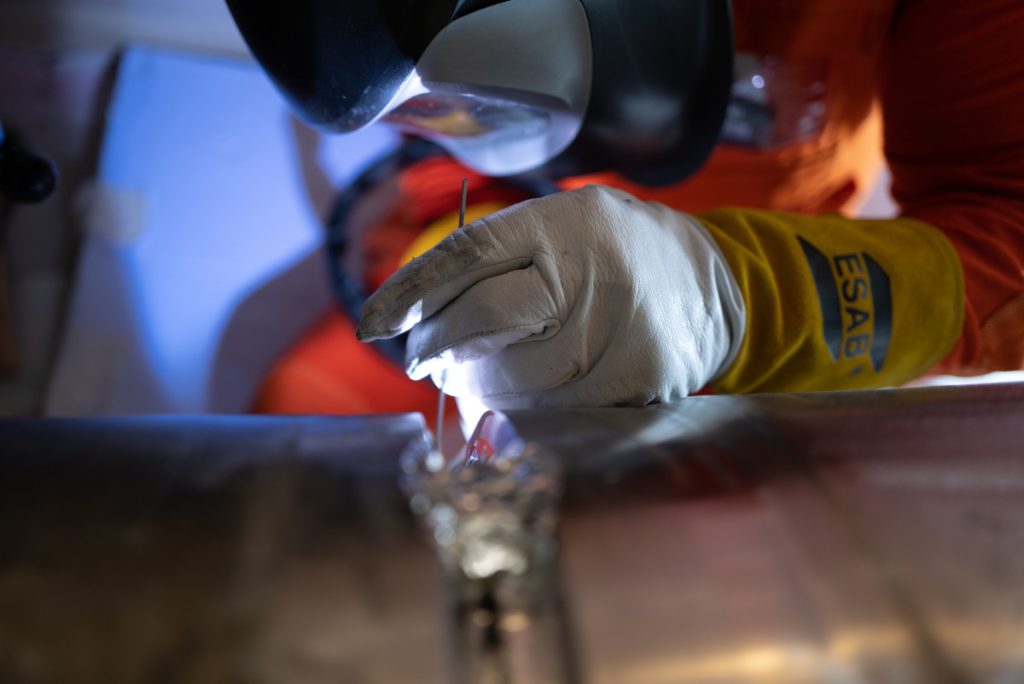
While SMR technology has been used for nuclear submarine propulsion for several decades now, civilian applications are still largely on the drawing board.
Only one plant was officially commissioned in May 2020.
The plant, comprising two 35 MW reactors, is installed on a floating barge, where it helps meet the needs of the port city of Pevek in the East Siberian Sea.
In China, construction of the first onshore pressurized water SMR (125 MW) began in July 2021 at the Changjiang site. Once completed and commissioned, the Linglong One unit will supply up to 1 billion kWh, equivalent to the electricity demand of 526,000 households in the southern island province of Hainan.
Worldwide, the IAEA counts between 80 and 100 projects at various levels of maturity.
In Europe, we took off 4 or 5 years ago.
It accelerated sharply in 2022 when our dependence on Russian gas became apparent, against a backdrop of increasing government support for nuclear power.Maxime Michel-Noël
Three main types of player are behind the main developments.
Firstly, the historic leaders in civil nuclear power, such as EDF in France, Westinghouse in the USA and Rolls Royce in the UK.
Then there are start-ups backed by industrial groups, such as NuScale and Holtec in the United States.
Finally, start-ups incubated within scientific organizations. Hexana and Stellaria, which draw on CEA technologies and patents to develop innovative small modular reactors, fall into this category.
As much as the profile of project owners, diversity concerns the technological strategies deployed.
In some cases, the approach is to use a proven fuel type and nuclear technologies validated by experience feedback and the regulator, with a focus on miniaturization for the fastest possible commissioning. In addition, there is a desire to design 4th generation SMRs, which implies an increase in technological maturity in order, in particular, to provide additional guarantees in terms of safety and, for certain projects, the ability to burn ultimate nuclear waste in order to create a new fuel source.
Maxime Michel-Noël
The result is a significant gain in energy autonomy and sovereignty for the country concerned.
In addition, Onet Technologies can draw on its back-office capabilities to offer to take charge of part of the development work, followed by industrialization, thanks to its in-depth knowledge of the French and international industrial fabric.
Last but not least, the expertise of our internal network and our experience in the field are a great help when it comes to helping customers solve technical problems, set up an audit, and so on.
In a few months or years' time, depending on the pace at which projects ramp up, Onet Technologies will be able to have systems and components manufactured and installed at the heart of SMRs, as well as providing operational support - for example, by creating innovative services using artificial intelligence to perfect control or welding technologies.
As a multitechnical center, an expert in safety analysis, a design and implementation contractor, and a growth driver for the nuclear industry as a whole, Onet Technologies is all these things at once, and we'll be carrying the SMR banner high!
In France, public authorities provide support
In France, the Nuward project, already mentioned, combines two 170 MW pressurized water reactors, a technology well known in France for reactors in operation and the EPR.
The aim is to encourage the replacement of thermal power plants (coal and gas) of comparable capacity in various European countries, with a view to decarbonizing the electricity mix.
After a public allocation of 50 million euros under France Relance to support the preliminary design phase, on June 9, 2023 the Government announced additional public funding to support the detailed design phase.
Nuward is currently the subject of a pre-assessment by the French Nuclear Safety Authority (ANS), in collaboration with the Czech and Finnish safety authorities, with the aim of harmonizing the positions of European regulators on this technology.
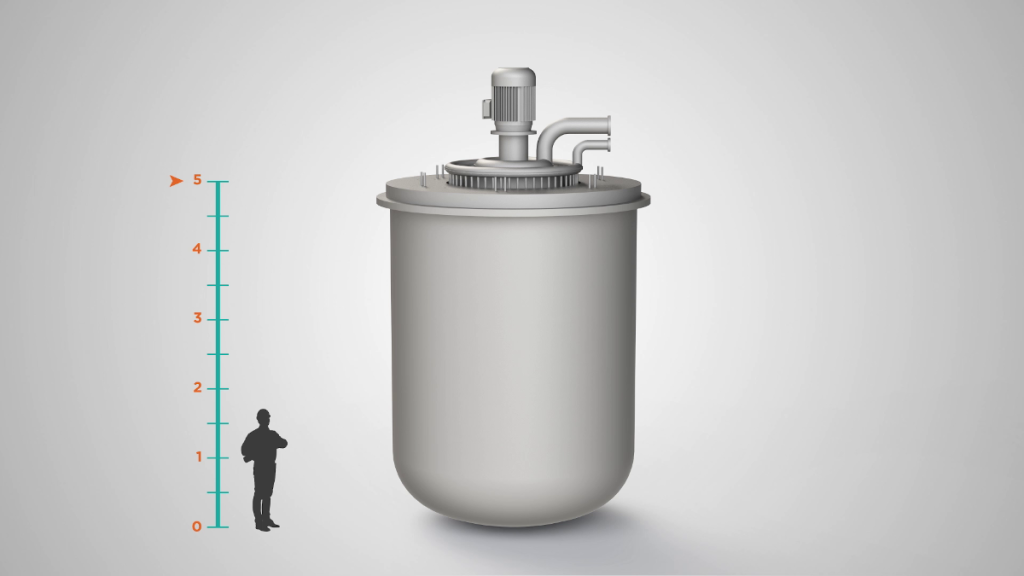
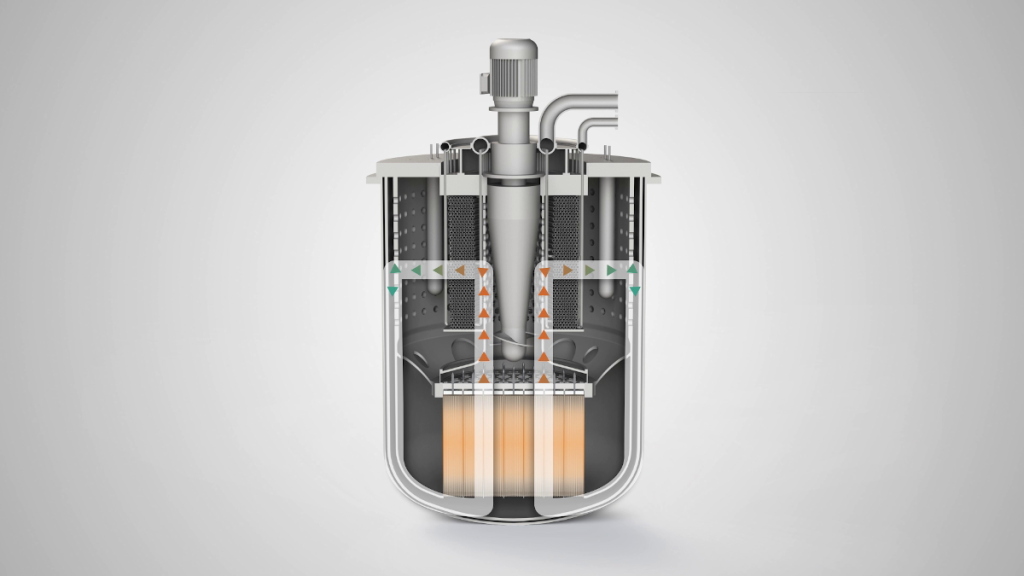
In addition, the first two winners of the"Innovative Nuclear Reactors" call for projects launched by the French government in March 2022 have been selected.
One project, by start-up Naarea, aims to commission a 40 MW micro-generator to produce electricity and heat from used nuclear fuel from the nuclear fleet currently in operation. Thanks to its reduced size, this fast-neutron reactor will require no water, and can be mass-produced for rapid deployment to industry and local authorities.
The second winner is newcleo, which has set uṕ in France, Italy and the UK to develop the innovative technologies underpinning the design of an intrinsically safe lead reactor, by bringing together European organizations and manufacturers. The company, which has already raised 400 million euros to support the development of its project, aims to commission a 30 MW demonstrator as early as 2030 in France. It will also build a dedicated MOX plant (fuel produced by processing enriched uranium after its use in nuclear reactors) for its own reactors and other fast breeder reactors.

Technology:
soon a new era for civil nuclear power?
Like operating reactors, most SMR projects are boiling light water or pressurized water models using uranium as fuel.
Nevertheless, some countries, such as Canada, Japan, China and South Korea, are working on breakthrough innovations: molten salts, high-temperature gas or fast neutrons. These are known as advanced modular reactors or AMRs.
Although less mature at present, these technologies could prove more suitable for certain uses, such as decarbonizing electrochemical industrial processes.
More resource-efficient safety concepts
Before they can be put into service, SMRs have to go through various stages before they can be certified. This process is closely monitored by the International Atomic Energy Agency (IAEA) and national safety authorities.
Another key issue is the harmonization of safety standards at European and international level. In view of reactor size constraints, SMR design models are based on so-called "passive" nuclear systems. In concrete terms, this means relying on gravity or the natural circulation of coolants to control and, if necessary, halt the nuclear fission reaction.
The associated benefits are manifold. No external energy source is required, and human intervention is reduced to a minimum.
What's more, these systems are designed to be able to use the fuel for extended periods of time, resulting in a refueling frequency of 3 to 10 years, compared with 1 to 2 years for "conventional" nuclear power plants.
When it comes to spent fuel treatment and recycling, the methods and solutions implemented on existing reactors can be extended to tomorrow's SMR plants.
